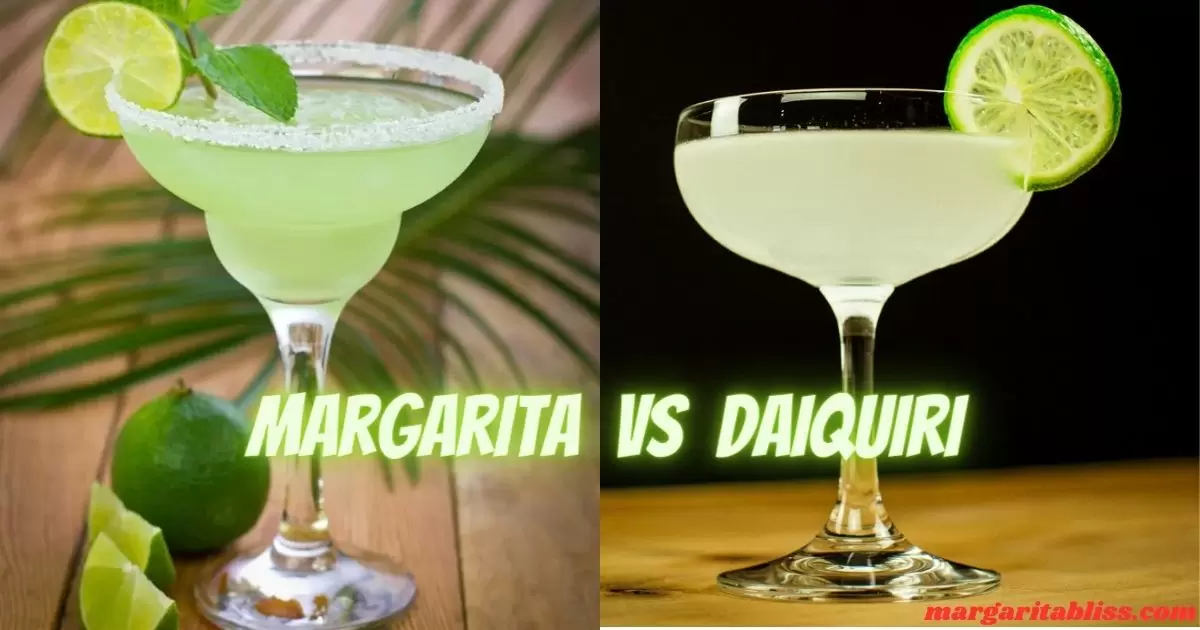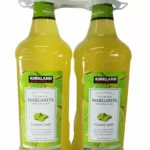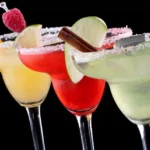A Margarita is typically made with tequila, lime juice, and orange liqueur, often served with salt on the rim of the glass. A Daiquiri, on the other hand, is a cocktail made with rum, lime juice, and sugar, usually shaken and served without a salted rim. The key difference lies in the base spirits: tequila for Margaritas and rum for Daiquiris.
Have you ever found yourself puzzled at a bar, wondering, What’s the difference between a Margarita and a Daiquiri? These popular cocktails may seem similar, but they have distinct ingredients and flavors that set them apart. Let’s dive into what makes each one unique!
The Margarita and Daiquiri both have rich histories dating back to the early 20th century. The Margarita, believed to have originated in Mexico, became popular in the 1930s, while the Daiquiri, with its roots in Cuba, gained fame around the same time.These classic cocktails, like the don julio margarita recipe reflect the cultural and historical flavors of their countries of origin.
Margarita: Origin and Historical Context
The Margarita, a quintessential Mexican cocktail, is believed to have originated in the 1930s. While its exact origins are debated, one popular story credits Carlos “Danny” Herrera at his Tijuana-area restaurant, Rancho La Gloria. He created the drink for a dancer named Marjorie King, who was allergic to all spirits except tequila.
Combining tequila with lime juice and orange liqueur, Herrera inadvertently invented a cocktail that would become a symbol of Mexican culture and a global phenomenon, celebrated for its refreshing taste and connection to festive occasions.
Daiquiri: Origin and Historical Context
The Daiquiri, hailing from Cuba, dates back to the late 19th century. It is named after a small mining town, Daiquirí, near Santiago de Cuba. An American engineer, Jennings Cox, is often credited with its creation. While entertaining guests, Cox mixed Bacardi rum, lime juice, and sugar as a simple yet elegant drink.
Its popularity soared in the early 20th century, especially in the United States during the Prohibition era, when Americans traveled to Cuba for alcohol. The Daiquiri epitomizes the laid-back Caribbean lifestyle and has become a symbol of Cuban cocktail heritage.
What Is Margarita
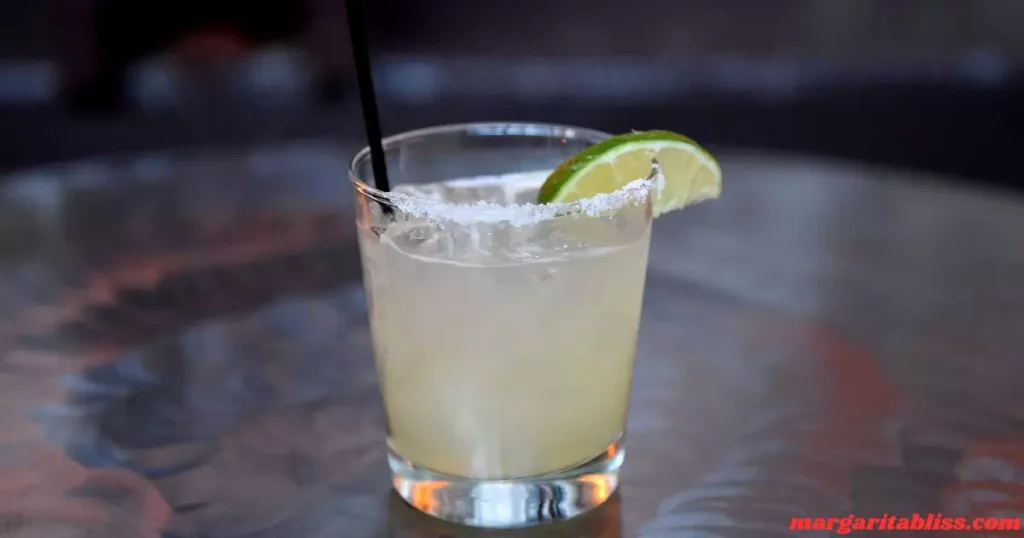
The Margarita is a classic Mexican cocktail renowned for its perfect balance of sweetness, sourness, and saltiness. Traditionally made with tequila, fresh lime juice, and orange liqueur, like triple sec or Cointreau, it’s served in a distinctive glass with a salted rim. This cocktail can be prepared on the rocks, blended with ice, or served straight up.
Margaritas often feature in festive occasions and are versatile enough to be flavored with various fruits like strawberry or mango. Its refreshing and tangy flavor profile makes it a beloved choice in cocktail culture worldwide.
What Is Daiquiri
A Daiquiri is a classic cocktail originating from Cuba, known for its simplicity and refreshing taste. It’s traditionally made with three basic ingredients: white rum, fresh lime juice, and sugar. The drink is usually shaken with ice and served chilled, often in a cocktail glass. Unlike the Margarita, it doesn’t have a salted rim.
Daiquiris can be customized with various fruits for added flavor, such as strawberries or bananas. This cocktail epitomizes the essence of the Caribbean with its light, crisp, and citrusy profile, making it a popular choice in tropical climates and summer settings.
Who Invented Margarita
The Margarita’s invention is often attributed to Carlos “Danny” Herrera in the 1930s at Rancho La Gloria, near Tijuana, Mexico. Herrera created this iconic cocktail for Marjorie King, an American actress who was allergic to many spirits but could tolerate tequila.
By blending tequila with lime juice and orange liqueur, he crafted a drink that perfectly balanced the spirit’s robustness. However, multiple origin stories exist, reflecting the Margarita’s enigmatic and folklore-rich history in the world of cocktails.
Who Invented Daiquiri

The Daiquiri was reportedly invented by Jennings Cox, an American engineer in Cuba, around the late 19th century. While working in the small mining town of Daiquirí, Cox mixed Bacardi rum, lime juice, and sugar to create a refreshing beverage for his guests.
This simple yet elegant concoction quickly gained popularity, especially during the American Prohibition era when many traveled to Cuba for alcohol. The Daiquiri’s creation symbolizes a fusion of American ingenuity and Cuban ingredients, becoming a staple in cocktail culture.
Basic Ingredients of Margarita and Daiquiri
| Margarita Ingredients | Daiquiri Ingredients |
| Tequila (preferably blanco or silver) | White Rum |
| Fresh Lime Juice | Fresh Lime Juice |
| Orange Liqueur (Triple Sec, Cointreau, Grand Marnier) | Granulated Sugar or Simple Syrup |
| Simple Syrup or Agave Syrup (optional) | Ice (for shaking or blending) |
| Salt (for rimming the glass) |
Margarita Serving Style
Margaritas are typically served in a distinctively shaped Margarita glass, which resembles a widened champagne coupe. The glass’s rim is often coated with salt, enhancing the cocktail’s flavor profile. Margaritas can be presented on the rocks, blended into a frozen slush, or served up (without ice). Garnished with a lime wheel or wedge, it’s a visually appealing and flavorful drink.
Daiquiri Serving Style
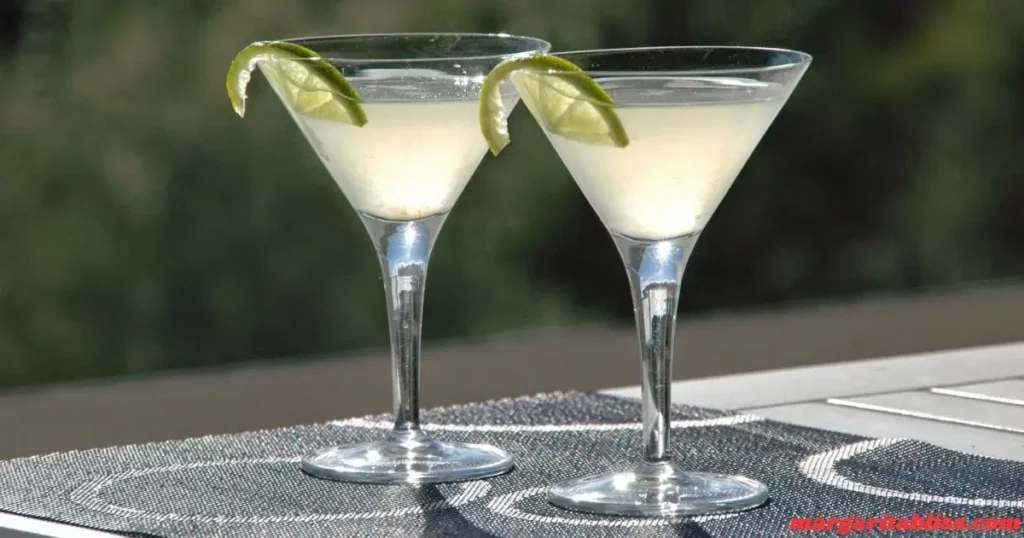
Daiquiris are usually served in a chilled cocktail glass, often referred to as a Martini glass. Unlike Margaritas, Daiquiris don’t feature a salted rim. This cocktail is typically served straight up, meaning it’s shaken with ice and then strained into the glass without ice. A thin lime slice or wedge often garnishes the drink, highlighting its simple elegance and refreshing nature.
Common Variations of Margaritas
Frozen Margarita: Blended with ice for a slushy consistency.
Flavored Margarita: Incorporates fruits like strawberry, mango, or raspberry.
Spicy Margarita: Adds jalapeño or other chili peppers for heat.
Cadillac Margarita: Uses premium tequila and Grand Marnier.
Skinny Margarita: Lower-calorie version, often with less sugar and fresh lime juice.
Beer Margarita: Mixes in a light beer for a unique twist.
Mezcal Margarita: Substitutes tequila with mezcal for a smokier flavor.
Popular Variations of Daiquiris
Frozen Daiquiri: Blended with ice, often in fruit flavors like strawberry or banana.
Hemingway Daiquiri: Also known as “Papa Doble,” with grapefruit juice and maraschino liqueur.
Banana Daiquiri: Adds banana and sometimes a splash of banana liqueur.
Strawberry Daiquiri: Uses fresh or frozen strawberries for a sweet twist.
Pineapple Daiquiri: Infuses pineapple juice for a tropical flavor.
Avocado Daiquiri: Unconventional, creamy version using ripe avocado.
Coconut Daiquiri: Includes coconut cream or coconut rum for a tropical essence.
Daiquiri Flavor Profile
- Primary Flavors: The Daiquiri primarily features a crisp and refreshing taste. The dominant flavors are the tartness of the lime juice and the sweetness of the sugar.
- Rum Influence: The white rum used in a Daiquiri contributes a subtle, light, and slightly sweet flavor, which doesn’t overpower the other ingredients.
- Sweet vs Sour Balance: The balance between the sweetness of the sugar and the sourness of the lime juice is key, creating a harmonious and refreshing taste.
- Texture: When served shaken and strained, it has a smooth, light texture. Frozen Daiquiris have a slushy consistency.
- Aftertaste: Typically, Daiquiris leave a clean and crisp aftertaste, with a lingering citrusy note.
Margarita Flavor Profile
- Primary Flavors: Margaritas are known for their unique combination of sweet, sour, and salty flavors. The lime juice provides tartness, while the orange liqueur adds a sweet and slightly bitter citrus note.
- Tequila Influence: The type of tequila used adds a distinct flavor – silver or blanco tequila offers a clean, slightly peppery taste that complements the other ingredients.
- Sweet vs Sour vs Salty Balance: The interplay between the sweetness of the liqueur, the sourness of the lime, and the salty rim creates a complex and layered flavor profile.
- Texture: Margaritas can be served on the rocks, straight up, or blended, each offering a different texture from smooth to slushy.
- Aftertaste: The aftertaste of a Margarita often carries the warmth of the tequila, with a lingering citrus and salty note.
Is a Margarita Stronger Than a Daiquiri?
The strength of a cocktail largely depends on the proportion of alcohol to non-alcoholic ingredients. A Margarita typically includes tequila and an orange liqueur, such as triple sec or Cointreau, while a Daiquiri is made with only rum.
Given this, a Margarita can be stronger due to the addition of the orange liqueur, which increases the overall alcohol content. However, the actual strength can vary based on the specific recipe and the pour size of the alcohol.
Which is Sweeter, a Margarita or a Daiquiri?
The sweetness level in both drinks depends greatly on the recipe used. Traditionally, Daiquiris may be perceived as sweeter due to their simple combination of rum, sugar, and lime juice, where the sweetness of the sugar is more prominent.
Margaritas, although also containing a sweet component (orange liqueur), are balanced with the tartness of lime and the unique flavor of tequila, which can make them less overtly sweet in comparison.
Daiquiri Vs Margarita Calories
This comparison shows that, on average, a Margarita has a higher calorie count per serving than a Daiquiri. The difference in calories is primarily due to the additional ingredients in a Margarita, such as the orange liqueur and often higher sugar content.
| Drink | Calories (approx.) |
| Daiquiri | 130-150 calories per serving |
| Margarita | 200-250 calories per serving |
National Daiquiri Day
National Daiquiri Day, celebrated on July 19th each year, is a tribute to the classic Cuban cocktail known for its simplicity and refreshing taste. This day invites enthusiasts and bartenders alike to indulge in and experiment with the iconic blend of rum, lime juice, and sugar. It’s an opportunity to appreciate the cultural heritage of the Daiquiri, enjoy its various flavors, and honor its enduring popularity in the cocktail world.
National Margarita Day
National Margarita Day is celebrated annually on February 22nd, paying homage to one of the most beloved and iconic cocktails worldwide. This day recognizes the Margarita, a symbol of Mexican culture and culinary artistry, known for its unique blend of tequila, lime juice, and orange liqueur.
It’s a time for cocktail enthusiasts and bartenders to showcase their creativity, offering variations of this classic drink. National Margarita Day is not just a celebration of the drink itself, but also a toast to the spirit of festivity and camaraderie it represents.
Conclusion
Margaritas and Daiquiris, while both popular and refreshing cocktails, exhibit distinct differences in their composition, origin, and flavor profiles. Margaritas, with their Mexican roots, combine tequila, lime juice, and orange liqueur, often characterized by a salty rim which adds to their unique taste.
On the other hand, the Cuban-origin Daiquiri is a simpler mix of rum, lime juice, and sugar, known for its crisp and sweetly tart flavor. The strength of a Margarita usually surpasses that of a Daiquiri due to the additional alcoholic content from the orange liqueur.
In terms of sweetness, Daiquiris typically edge out with their more pronounced sugar presence, whereas Margaritas offer a more balanced tartness. Both cocktails have evolved into various forms, embracing flavors and styles that cater to a wide range of preferences, yet maintaining their classic charm and cultural significance.
FAQs
Is the alcohol content similar in Margaritas and Daiquiris?
The alcohol content varies based on the recipe, but generally, Margaritas may have a slightly higher alcohol content due to the addition of orange liqueur along with tequila, compared to the sole use of rum in Daiquiris.
Can both drinks be served frozen?
Yes, both Margaritas and Daiquiris can be served frozen. The frozen versions are blended with ice, making them slushy and refreshing.
Are Margaritas and Daiquiris suitable for all seasons?
While both are popular in warm weather, Margaritas, with their salted rim, often feel more versatile for all seasons, whereas Daiquiris, with their light and fruity profile, are typically favored in summer.
